Be inspired by nature to get creative
Nature writing envelops all genres: creative nonfiction, memoir, poetry, historical fiction, contemporary, and so on. It can be a call to action, an extension of someone’s spiritual beliefs, or a way to relay experiences in an unforgiving wilderness.
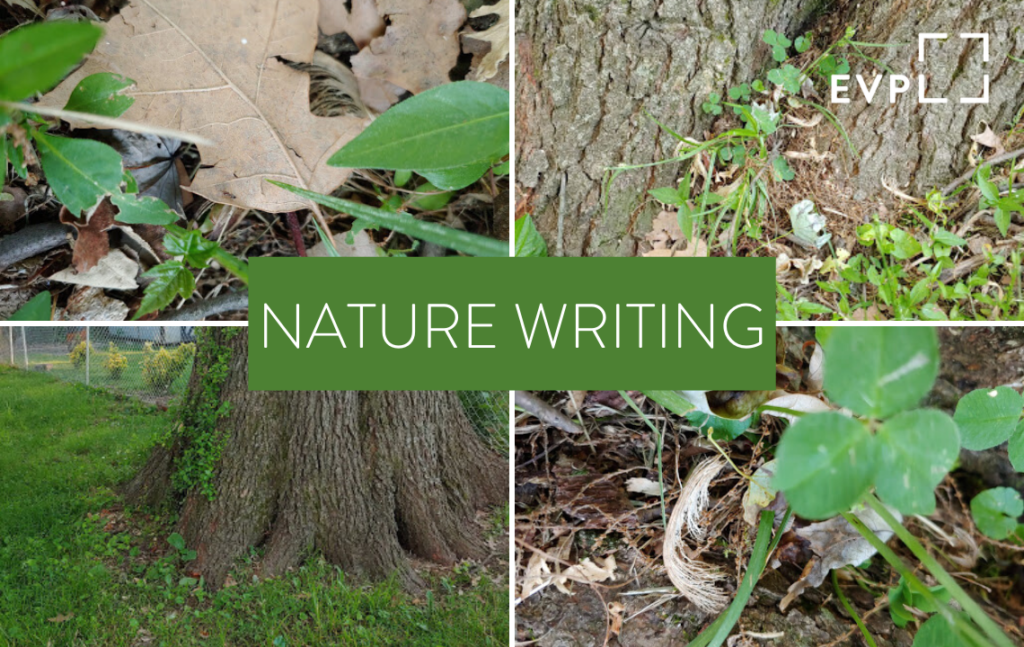
Observations of the natural world lend themselves so easily to writing because both writers and scientists constantly make observations. The act of careful watching and listening becomes almost meditative.
This introductory guide will help you practice nature writing in your own backyard. Even if you don’t have a yard, you can practice nature writing. The lone dandelion pushing its way through a crack in the sidewalk is nature. You will need a pencil or pen and a notebook.
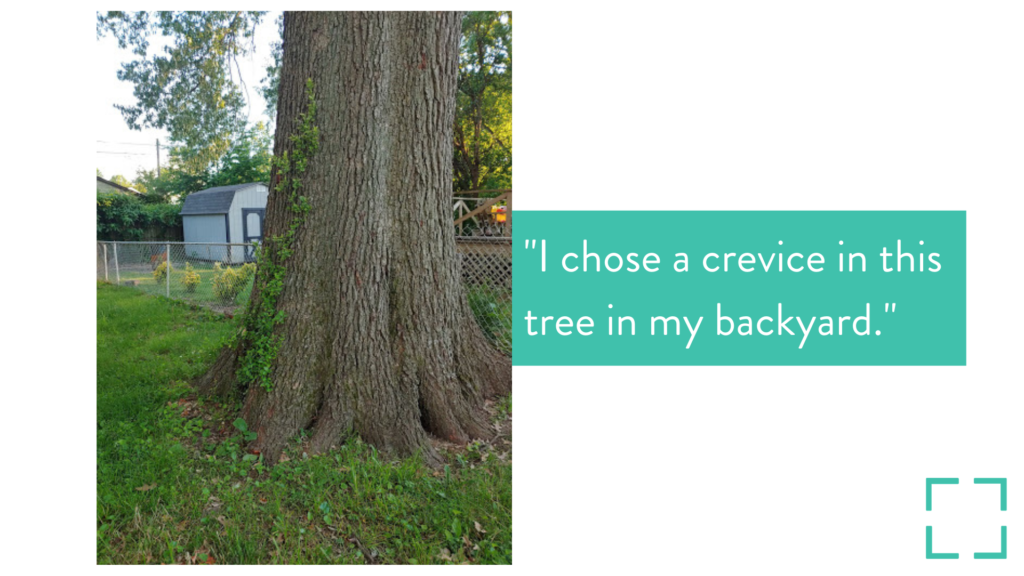
My favorite way to practice observation skills is by using the phrases “I notice”, “I wonder”, and “it reminds me of”. These three phrases make up a learning structure created by the Beetles Project, an environmental education initiative out of the University of California in Berkeley. While it’s an educational tool designed for young students, I’ve found that using it myself helps sharpen my focus.
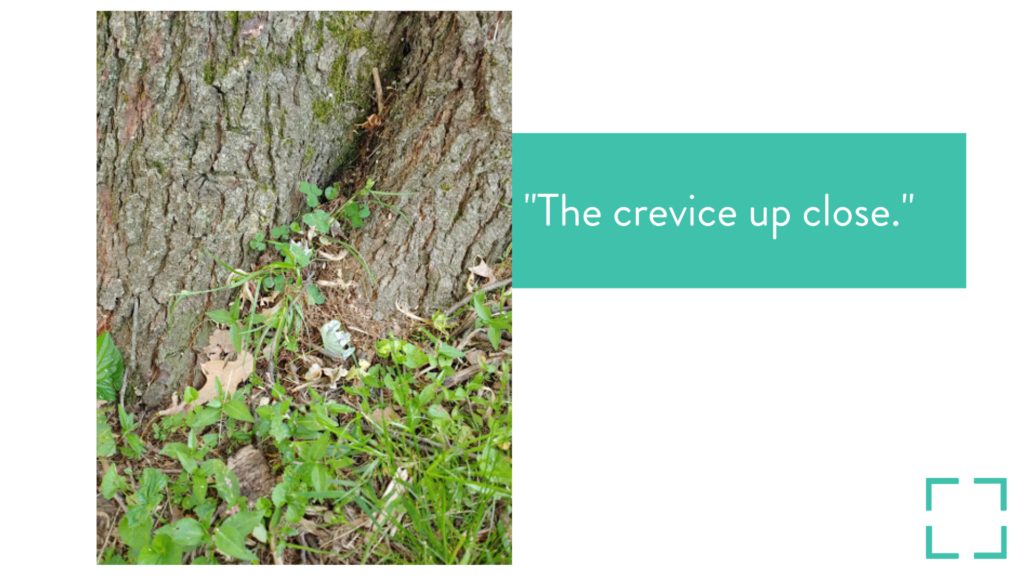
Pick a small space in your yard or somewhere else outside your home. This can be a shady spot by a tree, a turned-over log, or even a square foot patch of grass. This may not seem like much room for observations, but limiting yourself to a small area forces you to focus in a way you never have before.
Find your spot and settle down by it. What do you see? Write down colors, shapes, and items. This isn’t about naming animals or plants that you see. In fact, observations become stronger when you resist the urge to immediately name objects. Instead, describe them in as much detail as you can. If you see a pill bug, what does it look like? What color is it? What shape is it? What does it feel like if you gently pick it up? How does it curl up in your palm? What was it doing? If you take the time to go through each of your senses this way, you’ll find it’s easy to spend 15 or 20 minutes writing down your observations.
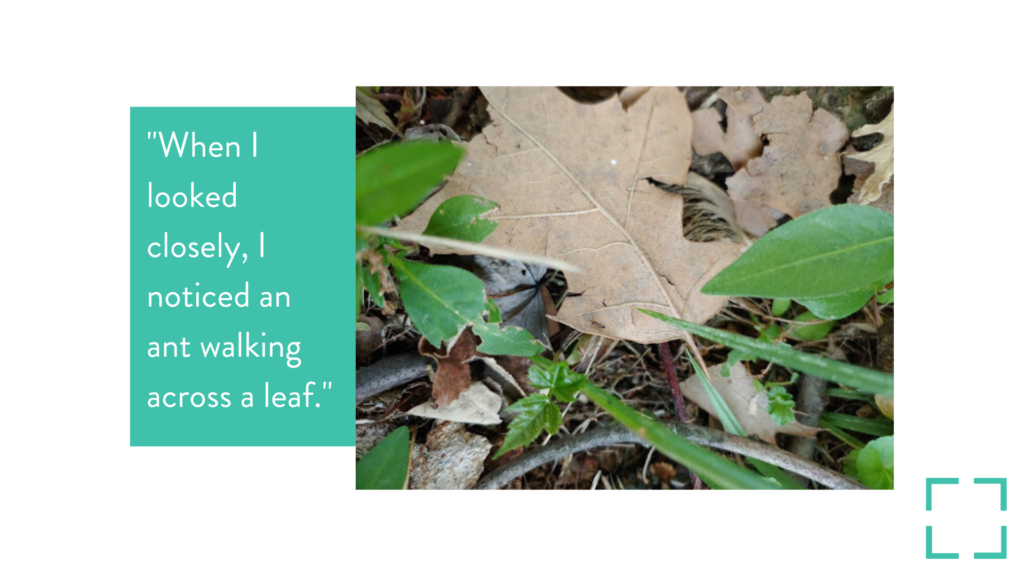
Once you’ve recorded your observations, move on to the next phase: wondering. Ask questions about what you’ve observed. These can be questions to research later (why do pill bugs curl up?) or unanswerable ones (what did the pill bug feel when I lifted it in my palm?). It’s okay to anthropomorphize the animals you see – this kind of journaling is creative nonfiction rather than scientific research.
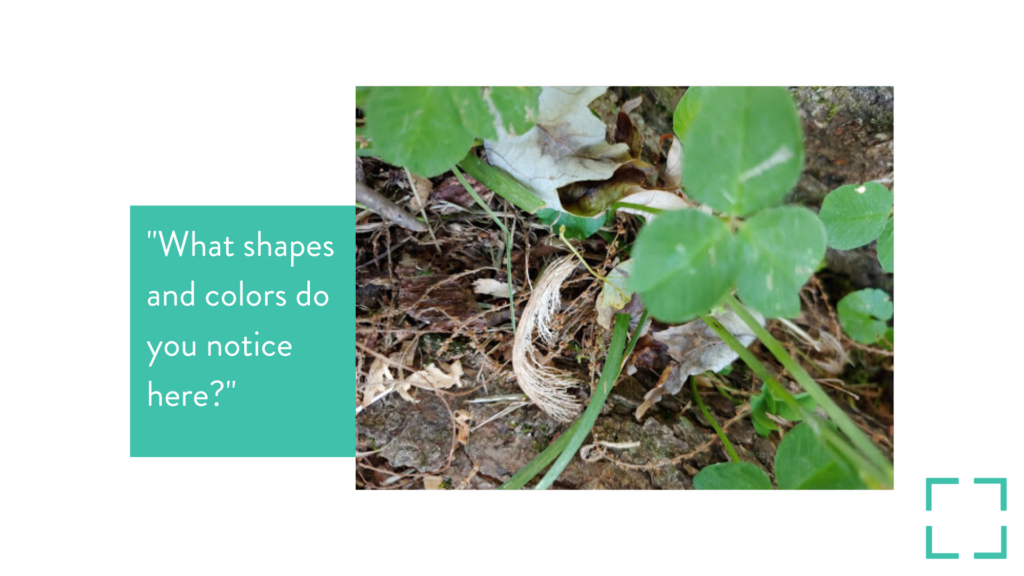
Finally, consider what your observations remind you of. Maybe the pill bug summons memories of collecting those roly polys in a paper bag as a child. Maybe the texture of the grass reminds you of a blanket. Don’t worry about if the comparisons make sense. Right now, you’re journaling just for you. Follow these thought paths wherever they may lead.
Next time, we’ll talk about how to turn your observations into multimedia nature journal entries.
Sources
- http://beetlesproject.org/
- http://beetlesproject.org/cms/wp-content/uploads/2015/12/I-Notice-I-Wonder-It-Reminds-Me-Of.pdf
Additional Reading
- https://www.nytimes.com/1984/07/22/books/the-nature-of-nature-writing.html
- https://www.esquire.com/uk/culture/books/g26929946/best-nature-books-writing-trend/
- https://www.outsideonline.com/2245121/women-writing-about-wild-25-essential-books

Kirt E.
Kirt Ethridge is a lifelong Evansville resident who loves superhero comics and is devoted to equity in libraries.
200 SE Martin Luther King Jr. Blvd
Evansville, Indiana 47713
Administration: ceo@evpl.org
Card & Account: circulation@evpl.org
Feedback & Ideas: marketing@evpl.org



